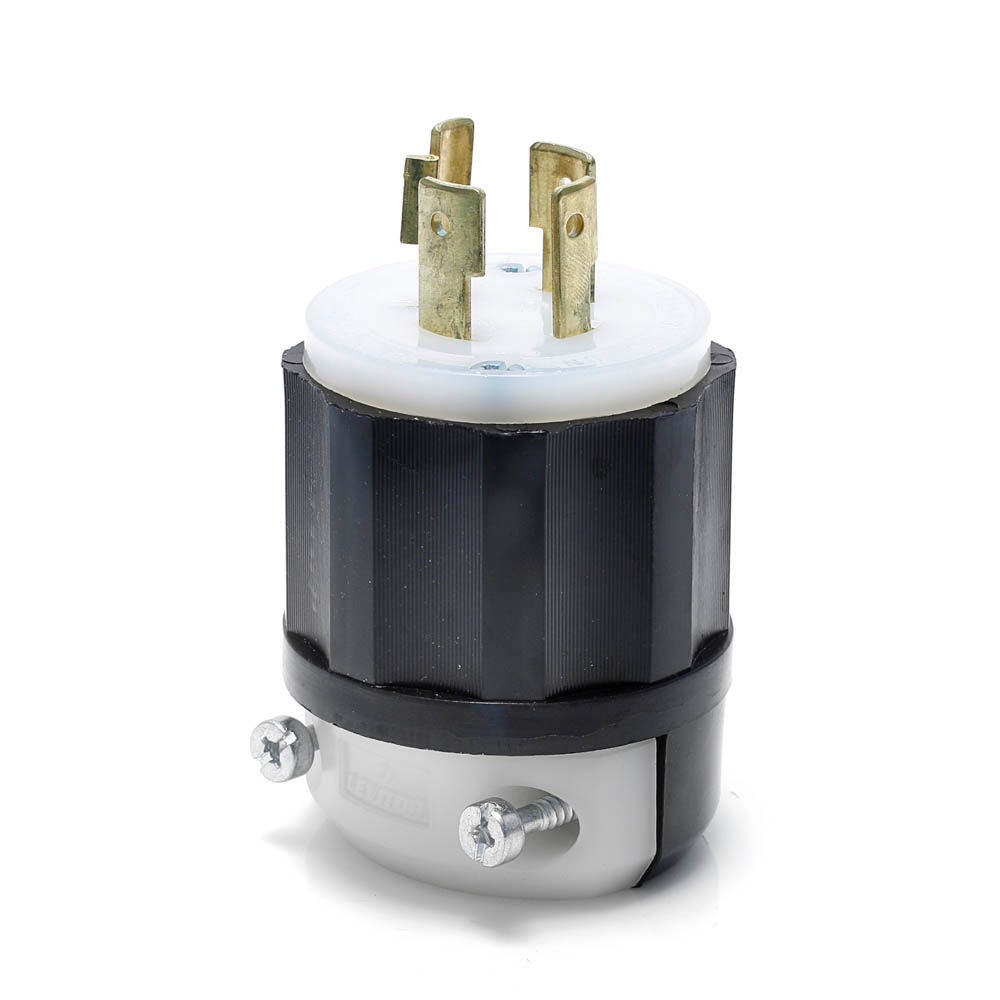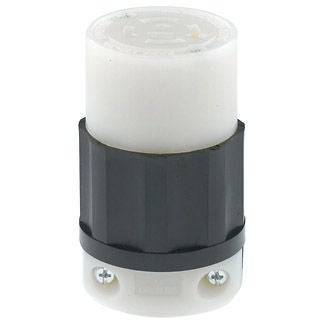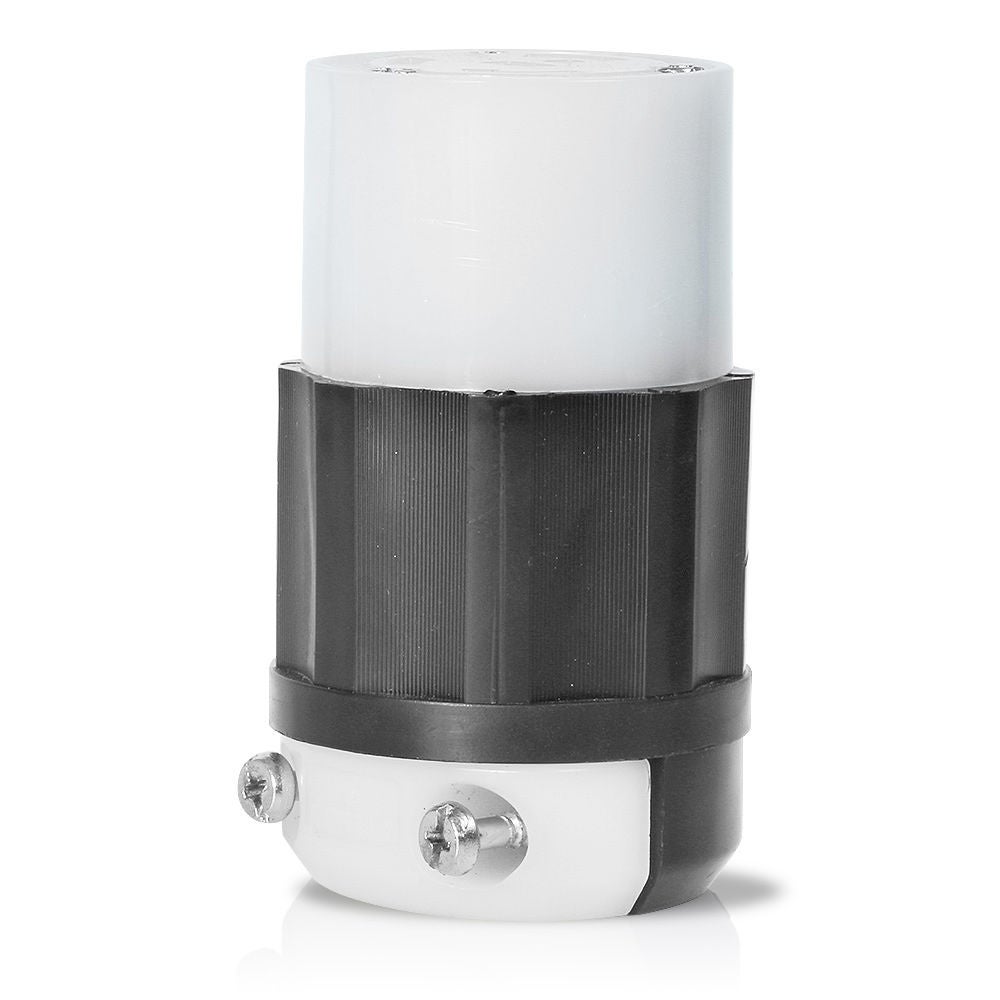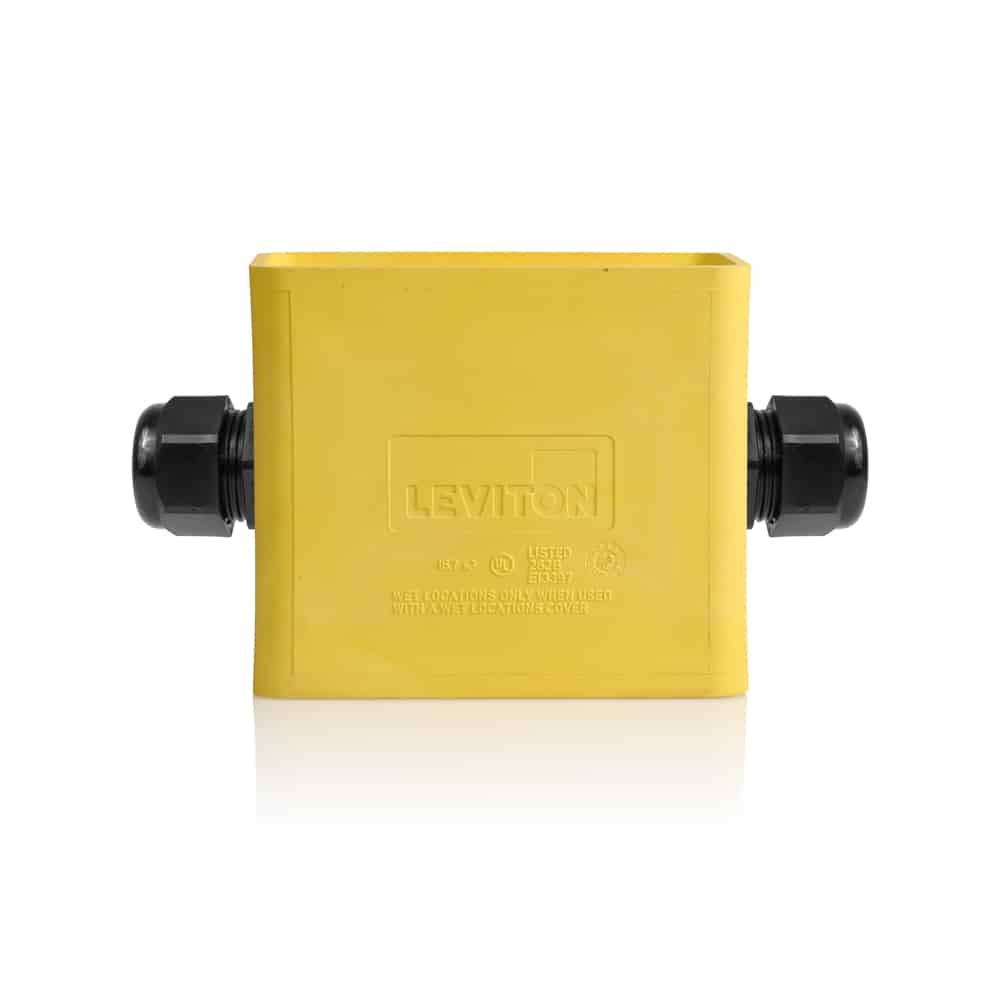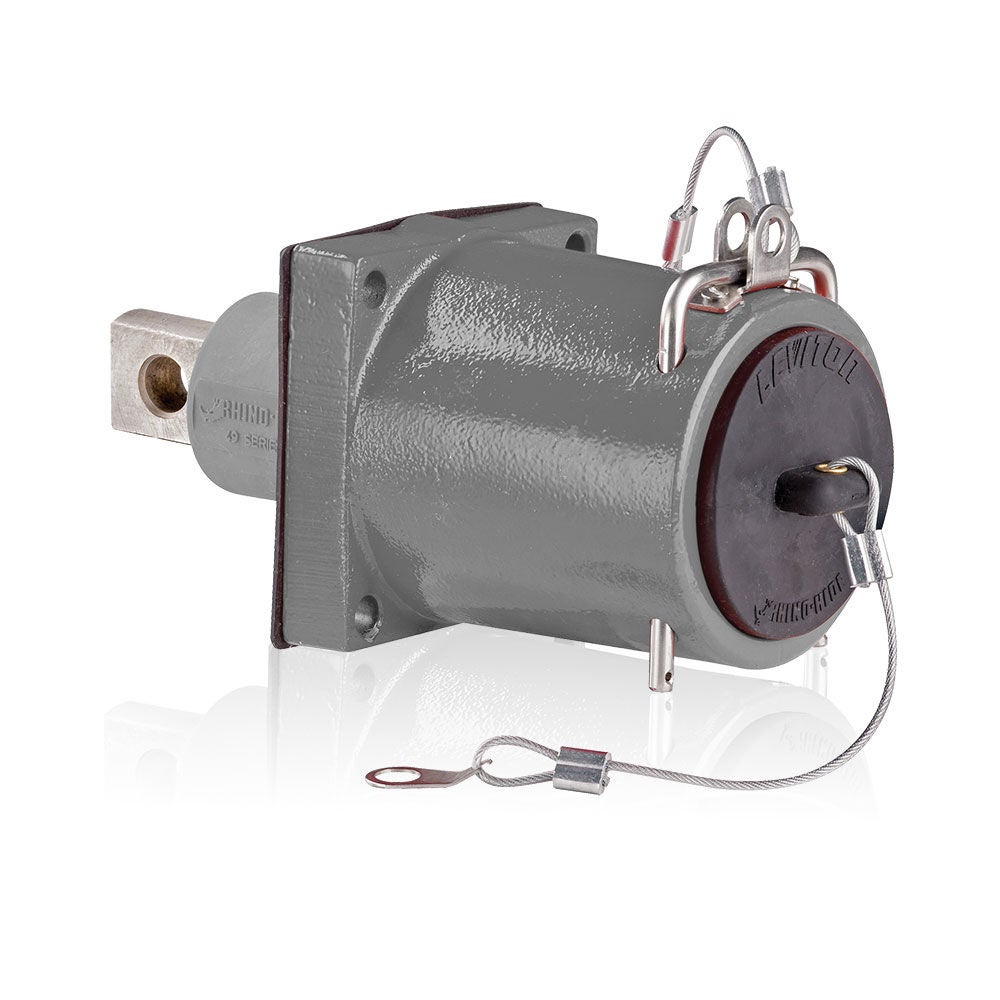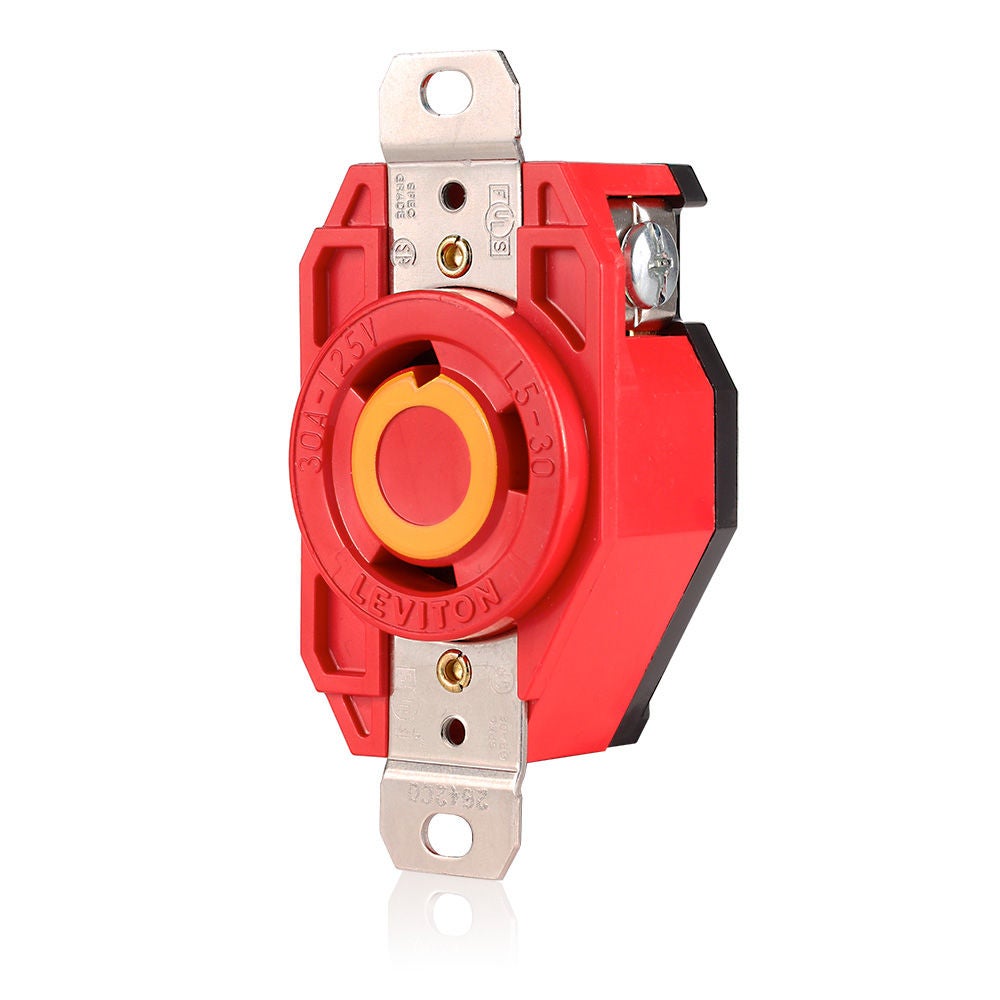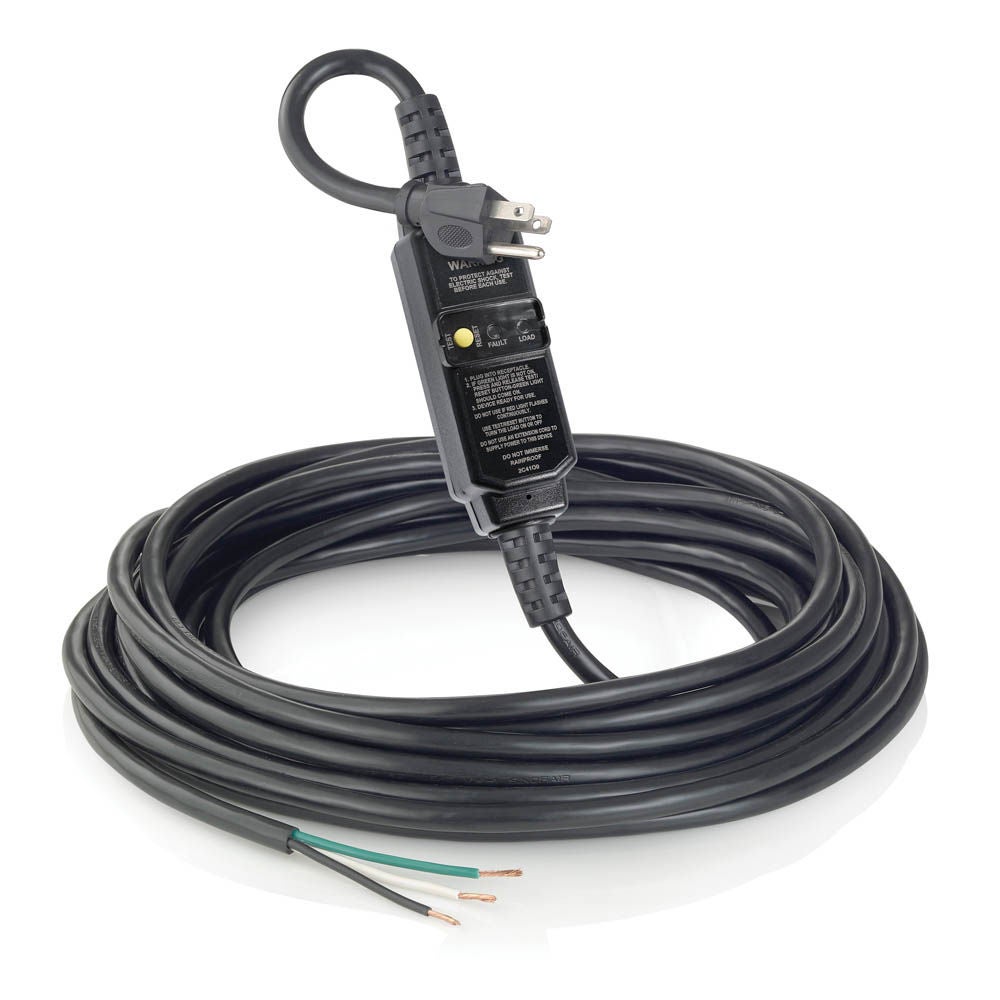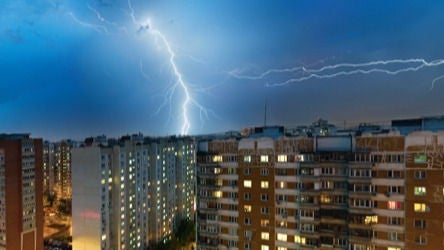Before The Storm
- Outdoor furniture and pool, deck or patio equipment should be packed away in a secure location.
- Check windows and doors for broken screens, loose hinges, damaged seals and functioning locks. Make any necessary repairs.
- Test your devices and check the battery types they require.
- Purchase an extra supply of bottled water as well as canned/non-perishable food. Store it separately for emergencies.
- Try to have one flashlight per family member.
- A battery or crank-powered emergency radio will help you keep informed in the event of a power outage.
- Ensure that your first aid kits—for family members, both of the human and animal variety—are well stocked.
- Don't forget to check expiration dates on all foods and medicines.
- Gather an emergency phone number list in one location. Numbers should include: local fire and police departments; utility providers of power, gas and water, etc.
During The Storm
Scale & Scope:
- Assess Electrical Risks: Identify critical electrical equipment and vulnerable areas within your property or facility. Determine the potential impact of the storm on electrical systems.
- Evaluate Backup Power Options: Ensure backup power sources, such as generators or uninterruptible power supply systems, are in proper working condition and have sufficient fuel or battery backup to support essential electrical equipment during power outages.
- Monitor Power Grid Updates: Stay informed about power grid status from utility companies. Understand the expected duration of power outages to plan for contingencies.
Response Strategy:
- Shut Down Non-Essential Equipment: Prioritize essential electrical equipment and shut down non-essential devices during the storm. This can help reduce the risk of damage from power fluctuations or electrical surges.
- Protect Electrical Panels and Switches: Ensure electrical panels and switches are well-protected against potential water intrusion. Consider using waterproof covers to safeguard these critical components.
- Avoid Electrical Repairs During the Storm: Refrain from attempting electrical repairs during the storm, especially in wet conditions. Wait until the weather improves and it is safe to do so.
- Stay Clear of Downed Power Lines: If you encounter downed power lines, stay far away and report them to your local utility company immediately. Never attempt to handle or move fallen power lines.
- Monitor Electrical Systems: Continuously monitor electrical systems for any signs of damage or malfunctions during and after the storm. If issues are identified, contact a qualified electrician for inspections and repairs.
After The Storm
- It's important to remember that once exposed to water, electrical devices and equipment are never the same and often must be replaced. Following a natural disaster, homeowners should be extra-mindful of electrical safety concerns.
- Never enter a flood damaged home if the power is still on. Contact your electric company to turn off power at the meter before entering.
- Wiring in walls or cables that have been exposed to water or excessive moisture for any length of time should be replaced. The effect of the water nearly always creates a hazardous condition, making the wiring unusable.
- Electrical equipment damaged by flood water is more than just wet. It can be contaminated with chemicals, sewage, oil, fertilizers and other debris.
- Ocean water and salt spray can be particularly damaging due to the corrosive and conductive nature of the salt water residue.
- All circuit breakers, fuses, disconnect switches, GFCIs, AFCIs, and surge protective devices that have been submerged must be replaced. There is no method of insuring these life safety devices will operate as intended following exposure to water.
- For all electrical repairs following structural damage or exposure to water, it is best to consult a qualified electrician.
- And finally, always remember—safety first!
Common Devices for Generators
Product Categories
Resources
How can we help you?
Speak to one of our Emergency Preparedness experts.

